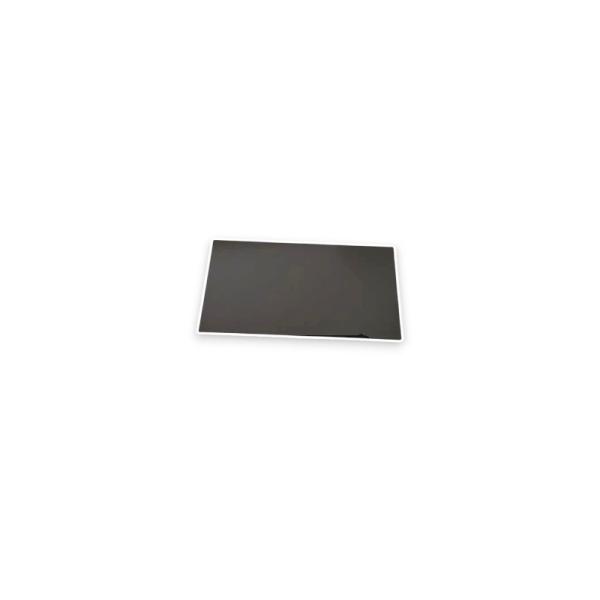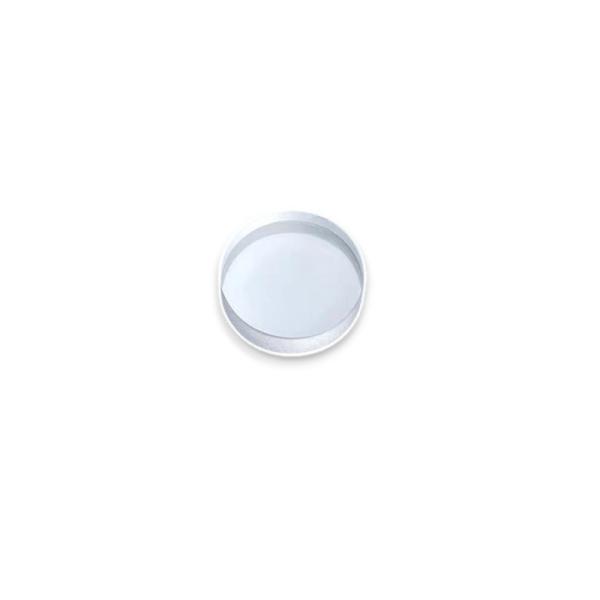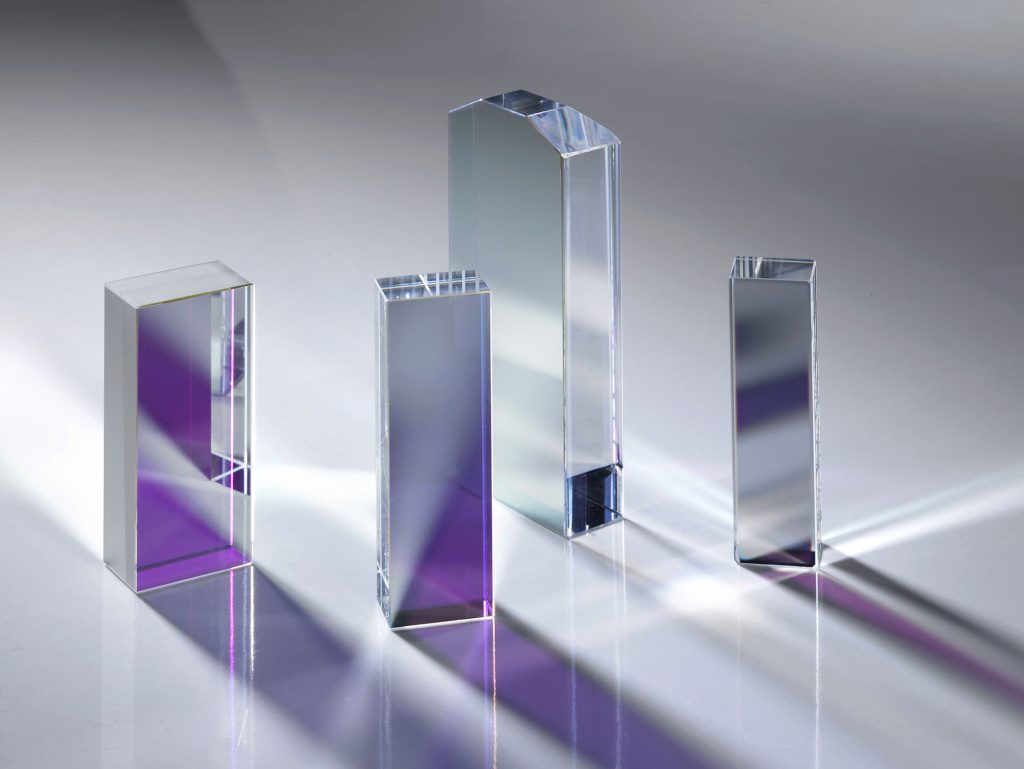UV Fused Silica Windows
UV Fused Silica Windows Series
FAQs
A fused silica window is an optical component made of amorphous silicon dioxide (SiO₂), produced by melting high-purity quartz sand at high temperatures and rapidly cooling it, resulting in a non-crystalline structure. It typically transmits light in the 0.18–2.2 μm range and has an extremely low thermal expansion coefficient, nearly zero.
UV fused silica: Produced by plasma fusion, it achieves over 80% transmission at 185 nm, has virtually no fluorescence, and withstands temperatures over 1200 °C.
Standard fused quartz: Produced by oxyhydrogen flame fusion, its UV transmittance drops sharply below 250 nm, may generate visible fluorescence, and lacks sufficient thermal stability—crystallization and cracking may occur above 1000 °C.
We offer broadband AR coatings for 400–700 nm, dual-band AR coatings (e.g., 1064 nm + 532 nm), as well as deep UV and near-IR AR coatings.
Yes. While fused silica does not transmit well in the mid-IR range beyond ~3 µm, it performs very well in the near-IR region (up to ~2.5 µm). For mid-IR or far-IR, materials like germanium, silicon, or ZnSe may be more suitable.
We offer customization of fused silica windows in size and shape. Diameters from 0.5 mm to 1000 mm are available, with flat, spherical, wedged, or other irregular shapes.




